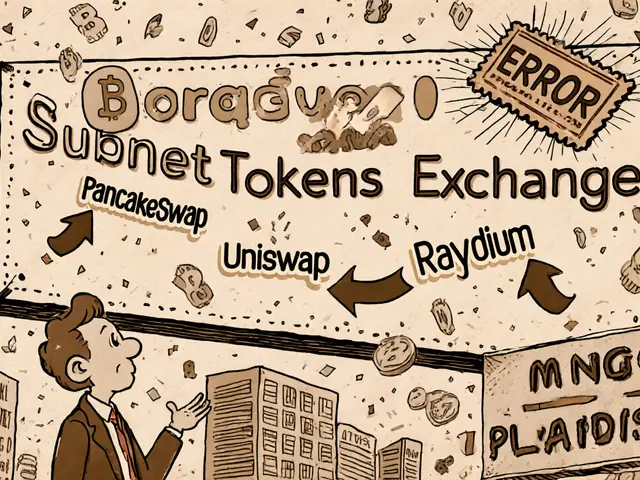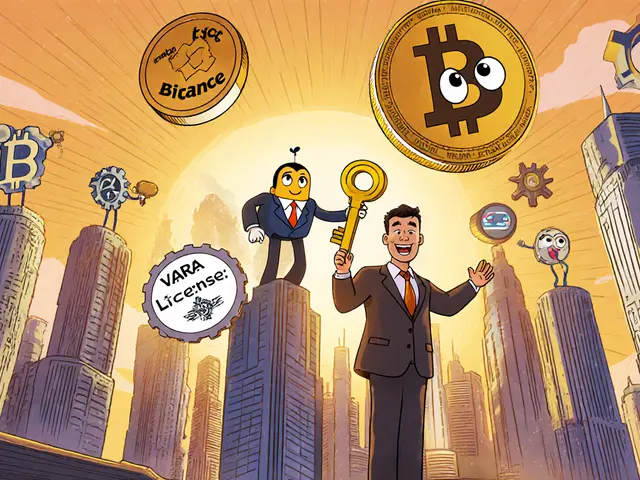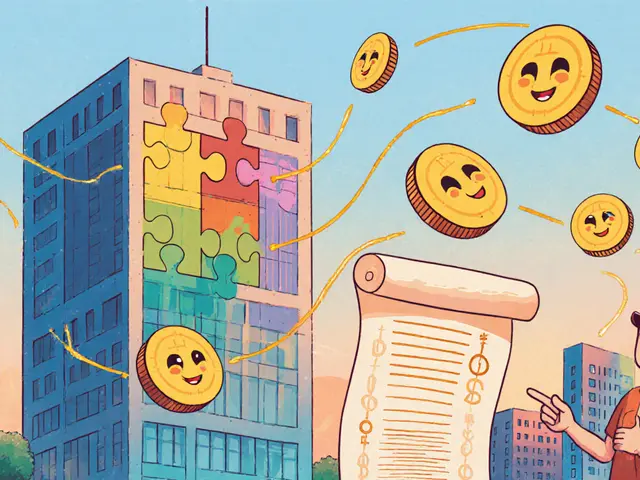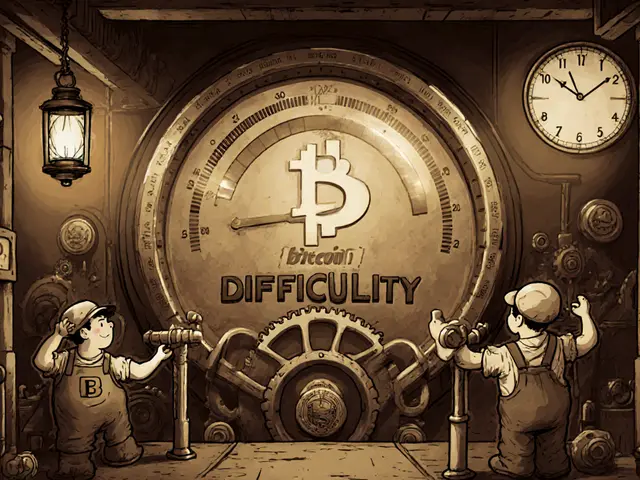SakeToken: What It Is, Why It Matters, and What You Should Know
When you hear SakeToken, a low-visibility cryptocurrency often tied to obscure DeFi projects. Also known as SAKE, it’s one of thousands of tokens that pop up with little fanfare, no clear team, and even less trading volume. Unlike Bitcoin or Ethereum, SakeToken doesn’t solve a real problem—it doesn’t power a major exchange, isn’t used in mainstream DeFi, and has no notable partnerships. It exists, but barely.
Most tokens like SakeToken are built on Ethereum or BSC, often as meme coins or vanity projects. They rely on hype, not utility. You’ll find them listed on tiny DEXs with zero liquidity, where a single large wallet can swing the price 50% in minutes. That’s not investing—it’s gambling with extra steps. Compare this to real DeFi projects like Uniswap or Stake.link, which have clear tokenomics, active communities, and measurable use cases. SakeToken has none of that. It’s a ghost in the blockchain ledger.
Why does this matter? Because if you’re chasing airdrops, token listings, or quick flips, you’ll run into dozens of tokens like this. They’re bait for scammers and the gullible. DocSUE’s posts on Baby Solana, NextEarth, and Spectre show the same pattern: low-cap tokens with no team, no roadmap, and no future. SakeToken fits right in. It’s not a coin you should hold. It’s a warning sign.
What you’ll find below are real, verified deep dives into crypto projects that actually do something. From airdrop traps to exchange scams, these posts cut through the noise. You won’t find fluff here—just facts, risks, and what to do instead. If you’re tired of chasing ghosts, you’re in the right place.
Learn how to earn SAKE tokens through the SakePerp and Sake Finance airdrop by trading, lending, and completing simple tasks. No purchase needed - just active participation.
Continue reading





